03-April-2024
(1) Ceramic stage
In semiconductor equipment, ceramic stages are used to carry wafers or other sensitive materials. Ceramic materials have smooth surfaces, high temperature resistance and corrosion resistance, ensuring the stability and reliability of wafers during processing.
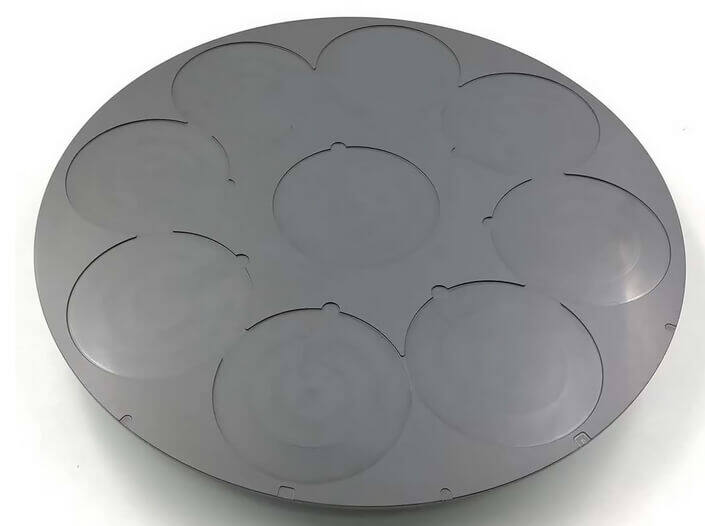
(2) Ceramic window
In some semiconductor equipment, it is necessary to observe the operating conditions inside the equipment. This is where ceramic windows are needed. Ceramic windows are usually made of transparent ceramic materials, such as alumina, zirconia, etc., which have high temperature stability, corrosion resistance and good light transmittance.
In semiconductor devices, ceramic insulators are used to ensure electrical isolation between electronic components. Ceramic materials have high insulating properties and can withstand high voltages and temperatures, thus protecting equipment from electrical faults.
(4) Ceramic fixture
Ceramic fixtures are an important part of semiconductor equipment and are mainly used to accurately hold and support wafers during the manufacturing process.
Ceramic fixtures are used to fix and support wafers during wafer manufacturing, cutting, grinding and polishing.
During the heat treatment process, the ceramic fixture can withstand high temperatures and maintain stable performance, ensuring that the wafer will not be deformed or damaged.
During certain chemical processing steps, the ceramic fixture needs to be able to resist chemical corrosion and contamination to protect the wafer from damage.
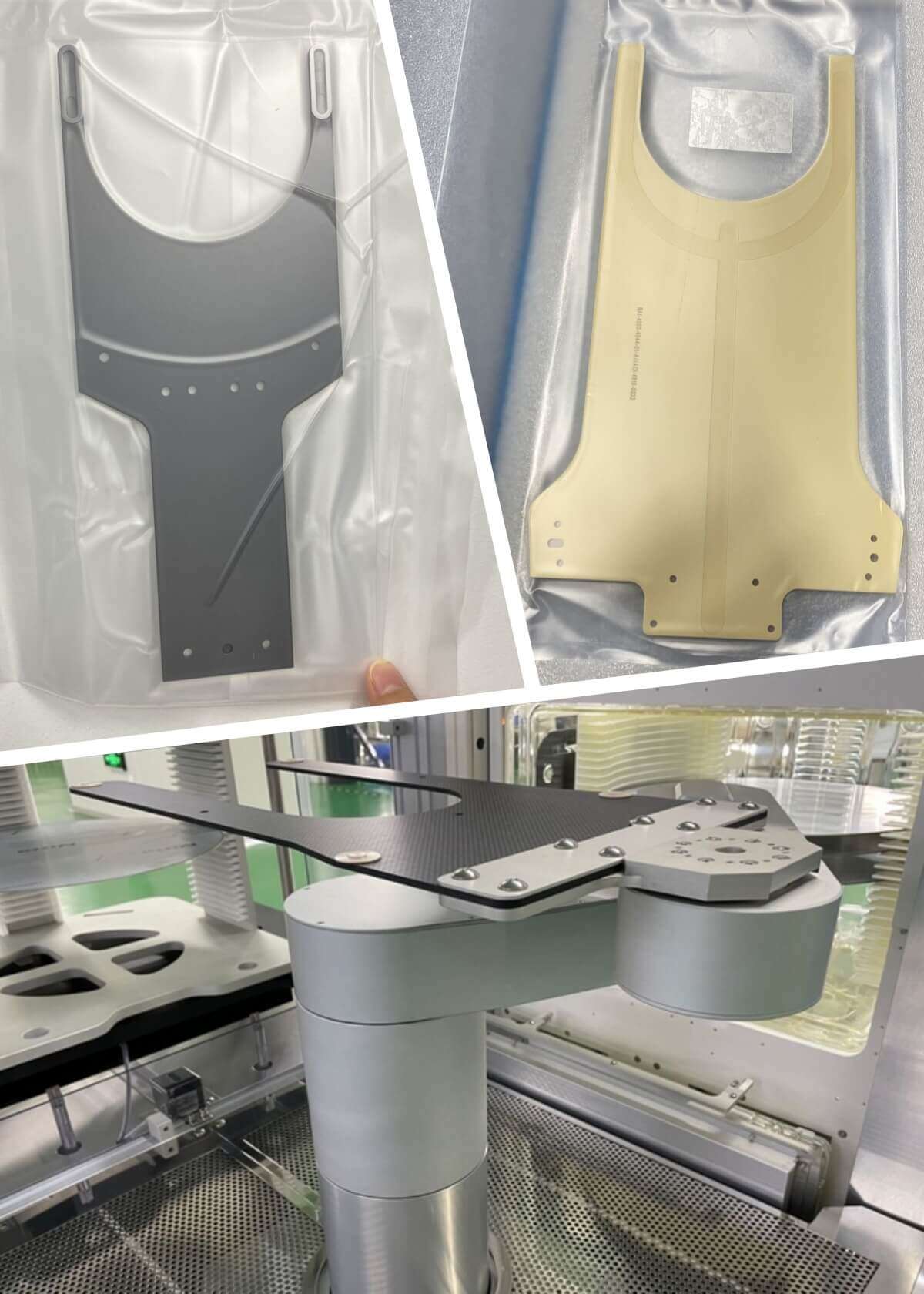
Ceramic blades and ceramic abrasives play an important role in wafer polishing, cutting and other processes. These tools are made from high-quality ceramic materials with unique physical and chemical properties that enable superior performance in the semiconductor production process.
1.ceramic blade
Ceramic blades play a key role in the wafer cutting process with their high hardness, high strength and good wear resistance. Ceramic blades have higher cutting accuracy and longer service life than traditional metal blades. In addition, ceramic blades also have a low thermal expansion coefficient, so they can maintain good stability during high-speed cutting and improve wafer quality.
2. Ceramic abrasives
Ceramic abrasives are mainly used in the wafer polishing process. Their low surface roughness, high hardness, and good wear resistance enable the wafer surface to achieve extremely high smoothness. Ceramic abrasives can effectively remove tiny defects and impurities on the wafer surface during the polishing process, improving the surface quality of the wafer. In addition, ceramic abrasives also have good chemical stability and can maintain good performance in different chemical environments.
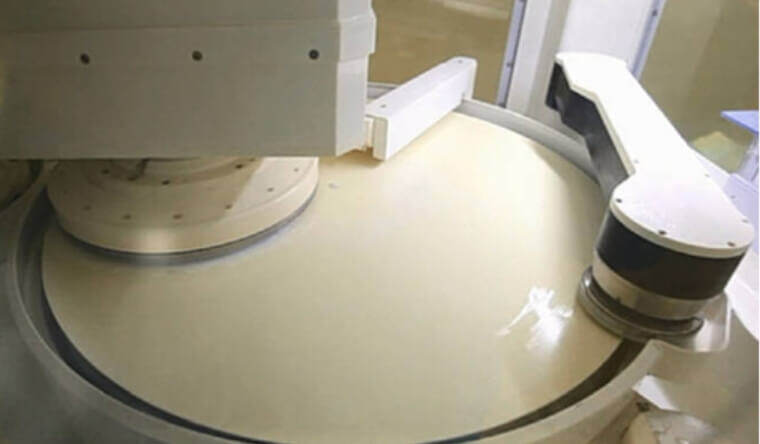
As semiconductor technology continues to develop, the performance and quality of these tools continue to improve, providing the wafer manufacturing industry with more reliable and efficient production tools.
2. Vacuum equipment
Ceramic materials are widely used in key components such as vacuum chambers and pump bodies due to their excellent sealing and corrosion resistance. The following is a detailed analysis of ceramic materials in these applications:
(1) vacuum chamber
In vacuum technology, ceramic materials are used as key components of vacuum chambers, such as sealing rings, flanges and connectors. Because ceramic materials have high density, low porosity and excellent sealing properties, they can effectively prevent gas leakage and thereby maintain the stability of the vacuum environment. In addition, ceramic materials also have excellent high temperature resistance and can withstand thermal expansion and thermal stress in high temperature environments, ensuring long-term stable operation of vacuum equipment.
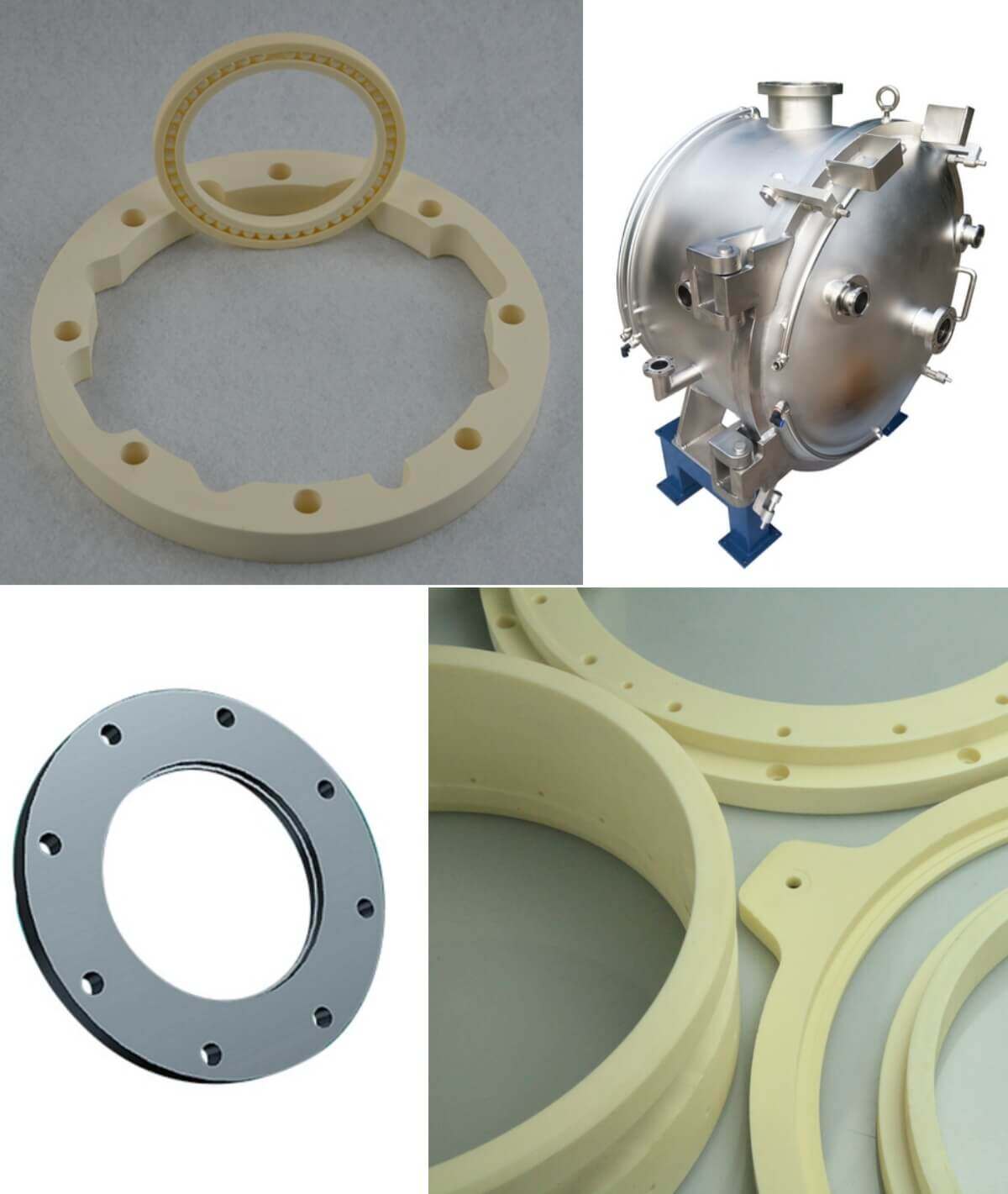
(2) Pump body
In pump equipment, ceramic materials are often used to manufacture key components such as pump bodies, bearings and seals. The ceramic pump body has good corrosion resistance and wear resistance, and can resist the erosion of corrosive media and wear, thus extending the service life of the pump. At the same time, ceramic materials also have a low friction coefficient and good lubrication properties, which can reduce pump energy consumption and maintenance costs.
(3) Ceramic sealing ring
Ceramic sealing rings are one of the common ceramic components in semiconductor equipment and are mainly used for equipment sealing. They are usually made of high-performance ceramic materials such as aluminum oxide and silicon nitride, which have excellent high temperature resistance, corrosion resistance and wear resistance. Ceramic sealing rings can effectively prevent gas leakage and ensure the normal operation of the equipment.
3. Heat treatment equipment
Ceramic materials have excellent high temperature resistance during heat treatment, which is a key factor in their wide application in semiconductor heat treatment equipment.
(1) High temperature stability
Ceramic materials have extremely high melting points and high temperature stability, which allows them to maintain structural integrity and stable performance at temperatures up to thousands of degrees Celsius. Therefore, ceramic materials are ideal during heat treatments that need to withstand high temperatures.
(2) Excellent thermal conductivity
Although ceramic materials themselves are poor conductors of heat, certain types of ceramics, such as alumina ceramics and silicon nitride ceramics, have high thermal conductivity and are able to transfer heat to a certain extent. This makes ceramic materials play an important role in heat treatment equipment where control of heat distribution and transfer is required.
(3) Thermal stability
Ceramic materials have a small coefficient of thermal expansion when temperature changes, which means they maintain dimensional stability when subjected to high temperatures and cooling. This is critical for heat treatment equipment that requires precise control of size and shape.
Many ceramic materials have excellent oxidation and corrosion resistance and remain stable in high temperatures and corrosive environments. This makes ceramic materials ideal for resisting oxidation and corrosion during heat treatment.
In heat treatment equipment, ceramic materials are often used to manufacture key components such as heating elements, insulation materials, heat exchangers and reactors. They are able to withstand high temperatures and maintain the normal operation of the equipment, thereby improving the stability and reliability of the equipment.
4. Plasma processing equipment
In plasma etching, plasma cleaning and other equipment, ceramic materials are also widely used. For example, ceramic nozzles can produce uniform and stable plasma, while ceramic electrodes can withstand high voltages and currents.
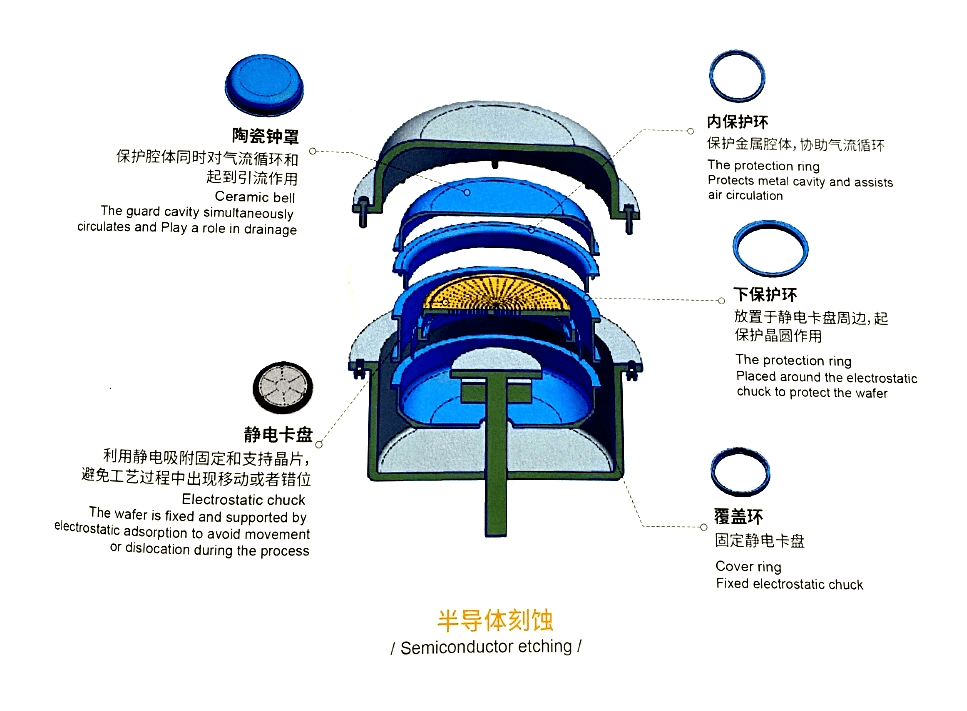
Product page:https://www.ceramic-solutions.com/Boron-Nitride.html
Contact page:https://www.ceramic-solutions.com/Contact.html